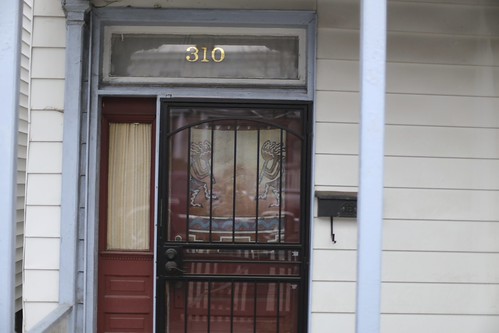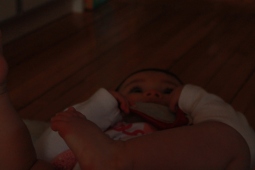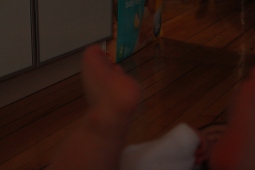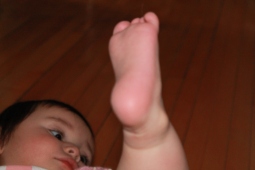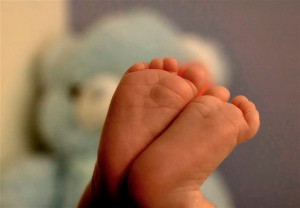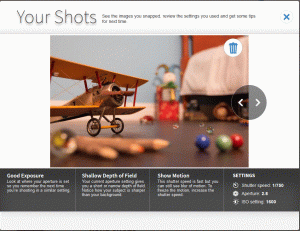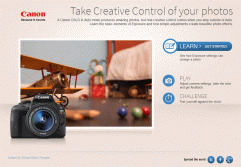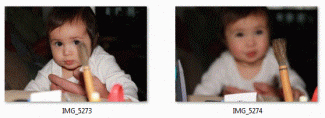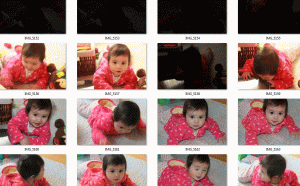As a parent myself, I understand many concern associated with the use of Facebook in second grade. Megan Johnson argued it well in her post : such as addictive behaviour associated with use of technology and social media, safety concern and child not being ready for the proper use of technology or not developed enough to make right judgment. However, actually these are the reason why we should be starting to teach about social media (Facebook) from young age as a classroom under teacher guidance.
Although age 13 is the minimum age to have Facebook account, according to a Consumer Reports “State of the Net” survey released in 2011, 7.5 million out 20 million users were actually kids younger than age 13. Moreover, a large majority of these kids on Facebook, more than 5 million, are under 10, and their parents don’t monitor their activity on the site which leaves them open to threats like cyber bullying or sexual predators.
Facebook said they actively terminate pages created by under age 13, but reality is that young children are getting on with or without the help from their parents. So why not teach them about rules and safety of Facebook?
I use Facebook for my leisure, sharing photos with families and friends, getting information update from organizations and institutes I am interested/involved or sharing interesting articles, etc. It is convenient ways to connect and learn about what’s happening with families and friends for sure. When I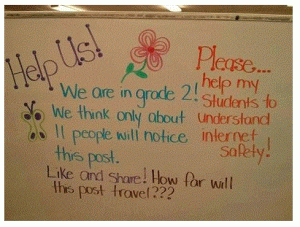 came cross with this photo few days ago, I thought it was interesting experiment. It was posted by my friend and right away I shared it on my page. Within a couple of hours, one of my friends shared it on her wall. Until now, I did not really think about the impact that could have by how easy it is to share a photo you just saw on Facebook page. Actually, you can share your friends’ friends’ photo even you don’t know them. Simply click “Share.” So it went, just like that. How far? I am not sure. How far can you track the photo goes around in Facebook and beyond? Here I am, screenshot the photo from Facebook and using it to my blog.
came cross with this photo few days ago, I thought it was interesting experiment. It was posted by my friend and right away I shared it on my page. Within a couple of hours, one of my friends shared it on her wall. Until now, I did not really think about the impact that could have by how easy it is to share a photo you just saw on Facebook page. Actually, you can share your friends’ friends’ photo even you don’t know them. Simply click “Share.” So it went, just like that. How far? I am not sure. How far can you track the photo goes around in Facebook and beyond? Here I am, screenshot the photo from Facebook and using it to my blog.
I would like to know how these second graders are going to find out.
I don’t think it is necessary to create a page for each student; and of course, you have to be 13 and older to ‘create’ an account (though, it is too easy to manipulate around these regulations). It is a experiment that can be done with teacher’s own page and under proper supervision. But if you must, this inquiry could be done by creating a group by teacher. This way, teacher can control how publicly available (see Facebook Tips), she/he may choose to invite parents to join to share classroom information, students’ achievement, etc. Using the photo of this genetic writing is a right choice as well. I would not use the photo with students’ faces recognizable. This way teacher and students can discuss about what is private and public.
This Facebook experiment can be tied into Sask Health curriculum,
USC2.5: Recognize potential safety risks in community “play areas” and determine safe practices/behaviours to identify, assess, and reduce the risks.
-
Discuss how safety rules/guidelines are established to reduce risks.
-
Investigate ways to identify, assess, and reduce the risk of potentially dangerous and/or possible unsupervised situations in community “play areas”.
-
Share the importance of practising safe behaviours in community “play areas” (i.e., one’s safety depends on the safety behaviours of others) and the possible consequences of using/not using safety knowledge and skills.
Cyber space as potential “play areas.” I am not promoting this at all. Like Megan mentioned, I want students to gain and practice social skills in person. However, internet is a digital playground for many and in fact, young students are on it too. And all students need to be aware of potential health and safety risks of internet uses.
Last week, I wrote about (here) a potential of integrating digital citizenship education into Health curriculum. And this week, I heard a news about new Health and Physical Education curriculum in Ontario was released on Feb. 23, 2015. Which teach about “sexting” in fourth grade and digital citizenship components are clearly embedded through grade 1 to 8. It recognizes the benefits of technology and communication tools in education; as well, the “issues related to inaccurate information, Internet privacy, safety, and responsible use, as well as of the potential for abuse of this technology, particularly when it is used in a way that has a negative impact on the school community, or to promote hatred.”
Facebook is one of the most popular social media, a global communication tool available. Under proper guidance of teacher, this can be a great teaching tool for students to learn about digital citizenship.

